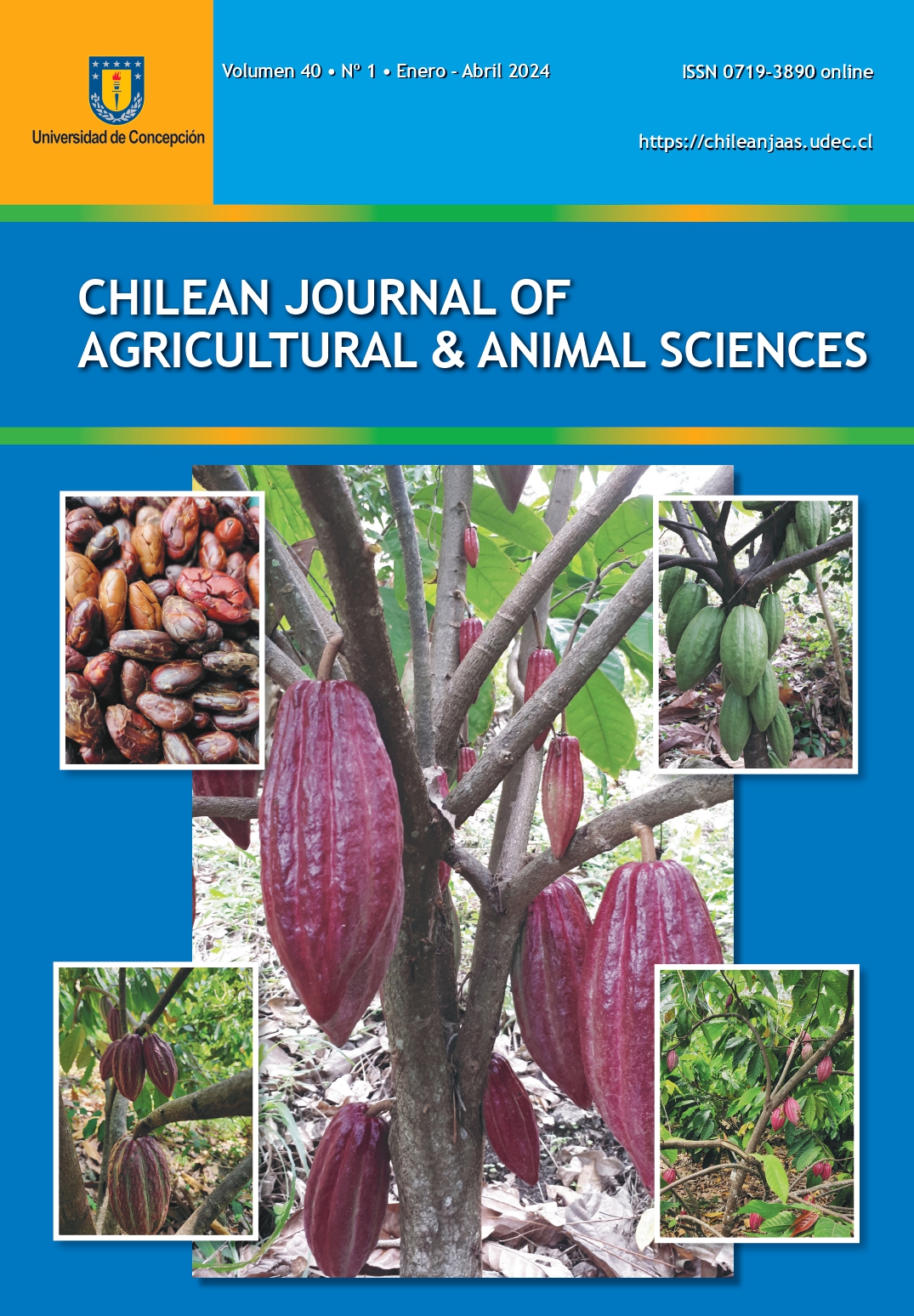MAIZE AND SOYA BEAN RESPONSE TO THE RESIDUAL INFLUENCE OF EARLY-SEASON CROPPING SYSTEM AND FERTILISER APPLICATIONS
DOI:
https://doi.org/10.29393/CHJAAS40-4MSRO30004Keywords:
residual effect, organomineral fertiliser, cereal-legume intercrop, N uptake, grain yields, cropping systemAbstract
Continuous land cultivation has led to the application of fertilisers to maintain high crop yields. Favourable effects of different fertiliser sources for improved crop performance have been reported. However, there is scarce information on crop response to the residual effect of organomineral fertilisers (OMFs) applied to early sole and maize-soya bean intercropping. Consequently, the objective of this study was to evaluate the residual effect of N levels of organomineral and inorganic fertilisers applied to maize and soya bean in sole cropping and intercropping. The study was conducted in the years 2017 and 2018 in the Southern Guinea Savannah, Jalingo, Taraba State, Nigeria. Responses to the residual influence of early season cropping systems and applications of OMF and NPK 20-10-10 were evaluated in repeated field trials. The residual effects of a previously assessed 2 ? 9 factorial arrangement, cropping system (sole and intercrop) and fertiliser applications (0, 50, 100, 150, 200 kg N/ha of OMF and 50, 100, 150, 200 kg N/ha of NPK fertiliser) were evaluated in a randomised complete block design with three replicates. Maize (ACR-95DT) and soya bean (TGX 1488-2E) were planted at densities of 40,000 and 74,000 plants/ha, respectively. Data were analysed using ANOVA at p<0.05. Maize and soya bean plant heights and N uptake significantly increased under the residual influence of sole cropping compared to intercropping in both years. Furthermore, maize-soya bean intercropping produced significantly lower grain yields than their sole crops in both years. The land equivalent ratio of the system was greater than one in both years. The residual effect of early season intercropping reduced subsequent yields of maize and soya bean, while OMF residual effects favoured sole maize, sole bean, and maize-bean intercrop performances at 100 kg N/ha.
Downloads
Published
How to Cite
Issue
Section
Copyright (c) 2024 Richard Olafimihan Adeola, Tajudeen Bamidele Akinrinola, Olajire Fagbola

This work is licensed under a Creative Commons Attribution 4.0 International License.







